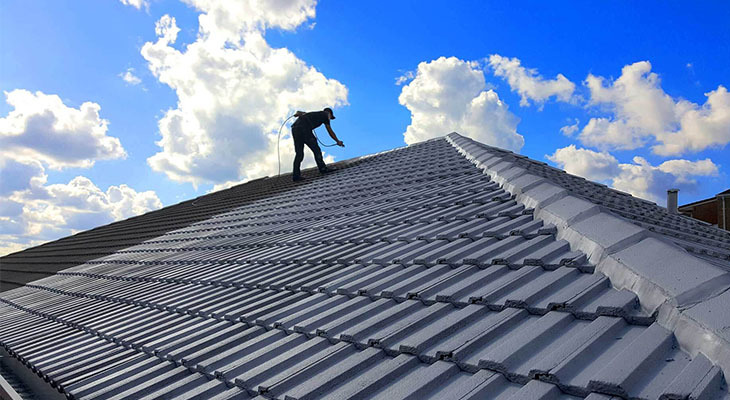
Selecting the proper underlayment layer can make a noticeable difference in a home’s performance and comfort. This essential barrier sits beneath the visible roofing covering and helps prevent water damage, ice buildup, and wind infiltration. Many Massachusetts homeowners focus on shingles while overlooking the importance of underlayment to roof longevity.
Regions that experience heavy snowfall, freeze-thaw cycles, and driving rain need extra attention when picking this hidden layer. A well-suited underlayment reduces repair needs, improves energy efficiency, and supports consistent indoor temperatures year-round. To ensure optimal protection, residential roofing services in Massachusetts must include careful underlayment selection.
1. Weather Challenges That Affect Underlayment
Massachusetts’ climate combines heavy snow, sleet, and strong winds, which can affect the roofing systems. During winter thaws, melting ice can pool on roof panels and work beneath shingles. Underlayment must shed this moisture quickly and resist water pressure without tearing. Products rated for low-temperature flexibility and high humidity help keep the decking dry. Choosing a material tested for hydrostatic pressure resistance ensures the home remains protected when temperatures shift.
2. How Material Choice Impacts Protection
Material selection directly influences how well the roofing barrier performs against moisture and physical stress. Homeowners should compare performance data for each option to ensure longevity under varied conditions. Poor material selection can accelerate wear and lead to costly repairs.
- Traditional asphalt-saturated felt provides basic water resistance but may suffer tears under foot traffic and harsh weather.
- Synthetic membranes offer superior tear strength, flexible performance in temperature extremes, and uniform coverage over decking.
- Check hydrostatic head ratings to determine how much water pressure the layer can withstand before leaking occurs.
- Self-sealing waterproof polymers form tight barriers around nail penetrations, lowering the risk of water infiltration.
Choosing a product that meets lab-tested durability standards helps maintain barrier integrity during heavy storms and thaw cycles.
3. Matching Underlayment to Roofing Type
Roof coverings demand specific underlayment characteristics to meet warranty requirements and performance expectations. Asphalt shingles pair well with slip-resistant sheets, improving installer safety without affecting adhesion. Metal roofs benefit from breathable underlayment that allows trapped vapor to escape and prevents corrosion beneath panels. Slate and tile systems perform best with high-strength membranes supporting heavy loads. A local online resource in Massachusetts presents detailed information on underlayment options, installation galleries, and next steps clearly and informally.
4. Simplifying Installation and Future Performance
Even a premium underlayment can underperform if it tears during installation or needs special adhesives. Self-adhesive membranes adhere firmly to wood decking and critical areas prone to ice dams. Peel-and-stick sheets streamline overlaps for a tighter seal.
Breathable products allow moisture vapor to exit attic spaces, reducing mold risk. Contractors in Massachusetts value materials that balance grip, flexibility, and open time so they can work efficiently and avoid callbacks. Ease of handling during installation translates into fewer long-term issues.
5. Boosting Energy Savings Through Underlayment
Underlayment adds a thin insulation layer to the attic, contributing to attic comfort and energy efficiency. Some membranes include reflective coatings that deflect radiant heat away during warmer months. A modest boost in R-value at the roof deck can lower cooling bills and ease HVAC loads. When local energy codes tighten, choosing an underlayment with documented thermal benefits becomes essential. Residential roofing solutions in Massachusetts that offer reflective or insulated underlayment options help homeowners achieve ongoing savings and comfort.
Residential roofing services in Massachusetts depend on selecting the proper underlayment to protect structures, enhance comfort, and extend roof life. Reviewing local weather challenges, comparing material durability, matching the layer to the chosen covering, ensuring straightforward installation, and weighing energy-saving features allow homeowners to make informed decisions. A carefully chosen underlayment minimizes leak risk, reduces maintenance needs, and maintains consistent indoor temperatures every season.